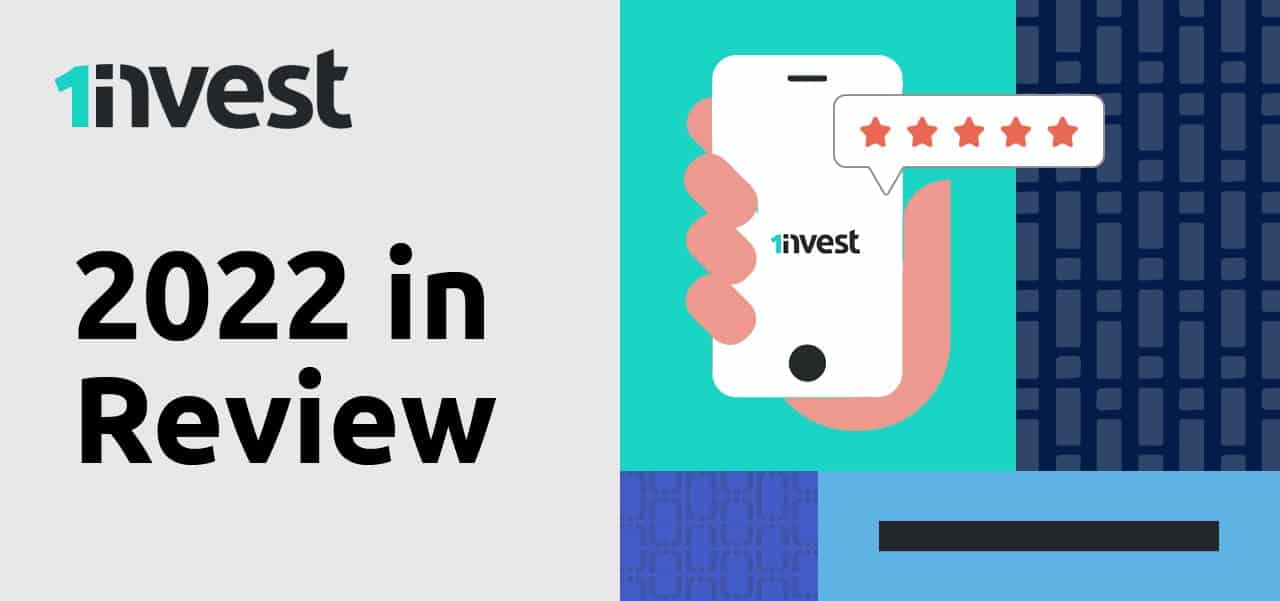Wehmeyer Ferreira
The 2008 global financial crisis brought about an inflection point in the way people view investment management. Many investors looked at the widespread collapse of markets and felt a heightened need for more straightforward products that explained exactly what they would do, and then did it. That meant more money began seeking the benefits of exchange traded funds, or ETFs.
Simple and inexpensive, these are products that give any investor the ability to “own” a section of a market. For example, with a single ETF, you can participate in the Johannesburg Stock Exchange’s (JSE) biggest corporates, South Africa’s top mining companies, or even the most respected equities from around the world.
However, there are still some misconceptions about ETFs. With the recent arrival in South Africa of a new type of ETF – so-called “active” ETFs – it is a good time to provide clarity on some fundamentals that make these such useful options for investors.
The basics of ETFs
Fundamentally, an ETF is a grouping, or basket, of assets that has been listed on an exchange as a single product. In a sense, it is a “wrapper” that holds the shares, bonds, commodities or other assets that you want to invest in.
Traditional ETFs are typically referred to as “passive”. We tend to avoid that term. It suggests they happen easily. In fact, you need a variety of skilled people to create an ETF and to manage it well. We use the term “index tracking” because that captures exactly what these ETFs do. When you are tracking an index, you select an index, build the product to closely resemble that index, and rebalance at set intervals to ensure you keep tracking it. The goal is to replicate it as closely and efficiently as possible.
We choose an index, for example, the JSE Top 40, and create a product that holds the top 40 JSE shares in proportion to each one’s size. It is only “passive” in that our fund managers don’t strategise, pick shares and time the market to try and beat the market. We aim to mimic the returns of the index.
That explains why people have got used to treating “ETF” as a synonym for “passive”, or why some might say it is an oxymoron to talk about “active” ETFs. Indeed, an active ETF does enable fund managers to depart from an underlying index and actively seek “alpha” or superior returns to a benchmark – although, as always, there is no guarantee of superior returns, and active management does require additional fees.
Actively managing an ETF also opens up the possibility to adopt a variety of investing strategies. This approach is gaining traction in the US. However, the regulations enabling active ETFs were only introduced in South Africa late in 2022. The point is that an ETF is independent of your strategy. It is a vehicle. The strategy is how you drive that vehicle.
The benefits of ETFs
That leads us to the question: What are the benefits of ETFs? To start with, you get the advantages that result from the fact that the product is publicly listed. This means that the management company is obliged to follow all of the associated regulations. For example, our South African products must comply with local legislation and rules set by the likes of the JSE and Financial Sector Conduct Authority (FSCA).
Listing also means the product trades daily. This means that you can see the price in real time, buy more whenever you choose, and rest assured that you can sell your investment at the going rate when you decide to.
Three benefits that we find retail and DIY customers in particular appreciate are simplicity, transparency and efficiency. The management company’s job is to take care of the complexity. The end customer gets access to a product that contains exactly the underlying assets that it reports – an ETF does what it says on the wrapper. Costs are also kept to a minimum. ETFs that track an index are particularly cost-effective. We need a relatively small management team and you aren’t paying us for labour-intensive strategies like hedging.
Finally, part of the magic of ETFs is the variety available. Across the 1nvest offering, you can buy into anything from commodities and property, to South Africa’s corporate blue chips and global tech giants.
The outlook for ETFs
Our view is that the ETF has a bright future in this country. The value for money is attractive to more and more South Africans, and we find that people appreciate the wide spectrum of asset types they provide access to.
Another reason South Africans are gravitating towards ETFs is the fact that they can provide exposure to overseas markets, without the complexities of moving your money offshore. We have funds that get investors into the S&P 500 and even government bonds from the largest economies on the globe.
Given that South Africa has tended to be a few years behind the US in this arena, a global outlook also helps us to get a sense of where the South African market is heading. The latest ETF handbook out of J.P. Morgan tells us that “from 2001 to 2011, the number of ETFs listed globally increased from ~250 to ~3 700, registering an annualised growth rate of ~30%”. That breakneck speed has since eased to about 10%, meaning that today there are around 11 000 ETFs listed globally, holding more than $10 trillion in assets – and counting. The US dominates these figures.
If mature markets are still growing, it stands to reason that younger ones like ours have plenty of runway to expand.

Given these benefits and tailwinds, South African ETFs have the foundation to grow in the years to come.
Learn more about the array of ETFs we offer at 1nvest: 1nvest products – 1nvest specialist index fund manager.



